







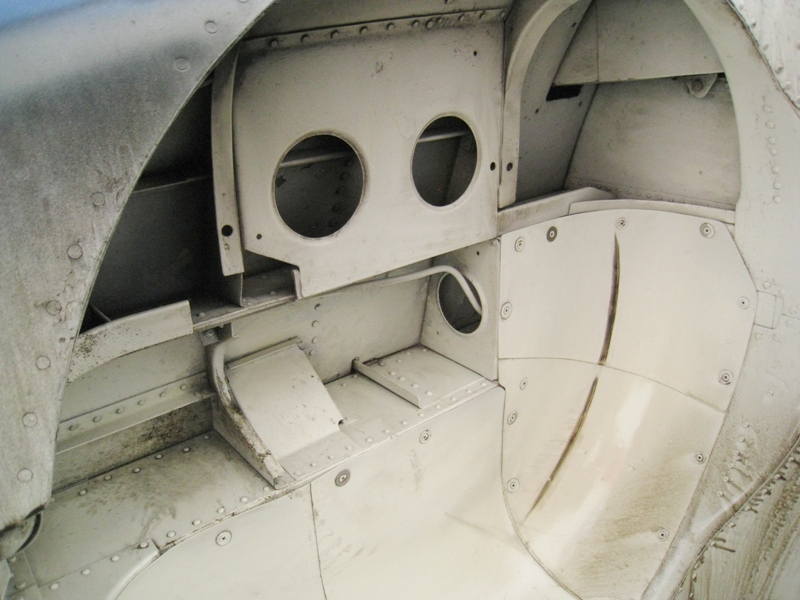


Exterior Details here: https://inchhighguy.wordpress.com/2019/04/14/sbd-5-dauntless-walk-around-exterior-details/
Scale Modeling and Military History











Exterior Details here: https://inchhighguy.wordpress.com/2019/04/14/sbd-5-dauntless-walk-around-exterior-details/




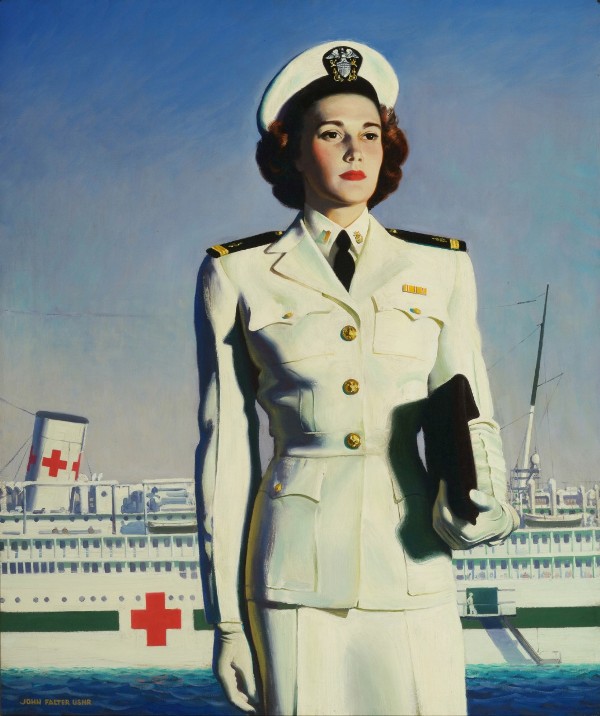

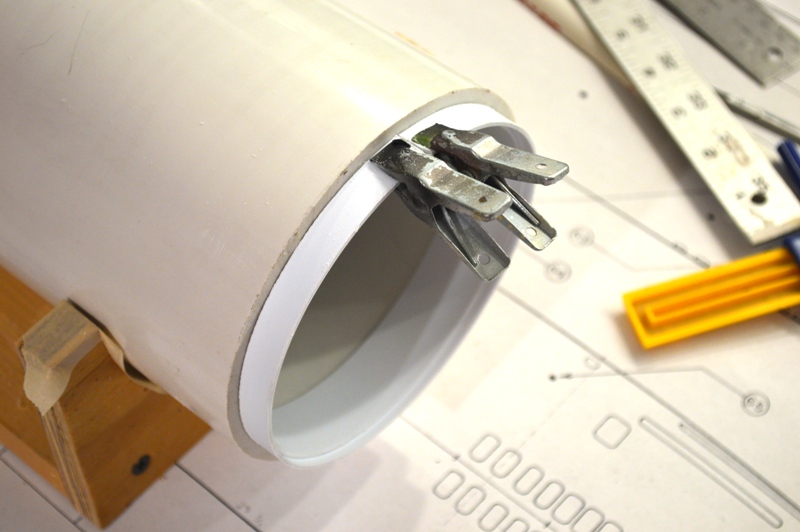




Part V here: https://inchhighguy.wordpress.com/2019/04/05/1-72-scale-los-angeles-class-submarine-build-part-v/
This is Hasegawa’s 1/72 scale Heinkel He 111H-6 modeled a machine of 6./KG 27 operating on the Eastern Front during 1941. Typical Hasegawa quality, nicely detailed and with a good fit. The kit has been criticized in some circles for the depth and width of the engraved panel lines, which some view as excessive. Interior details were enhanced with Eduard photoetch.





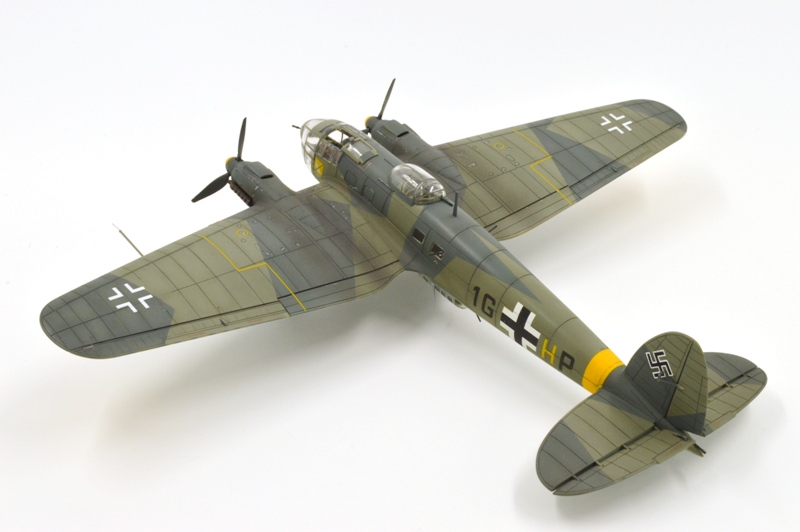
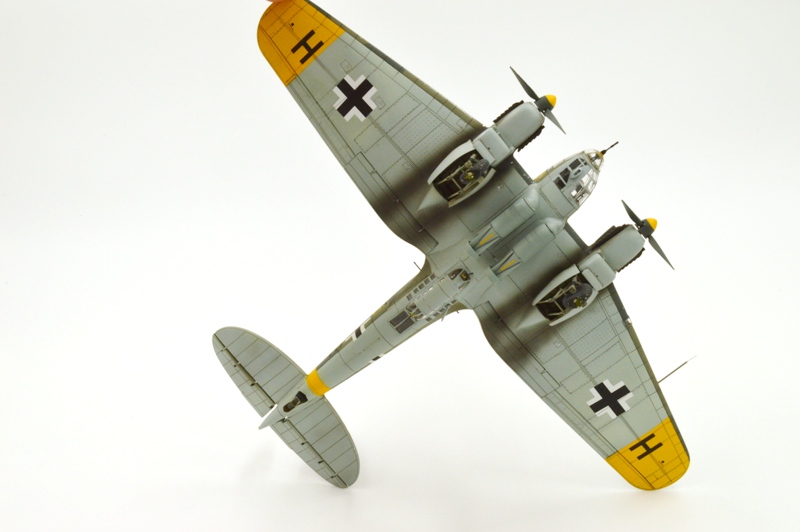






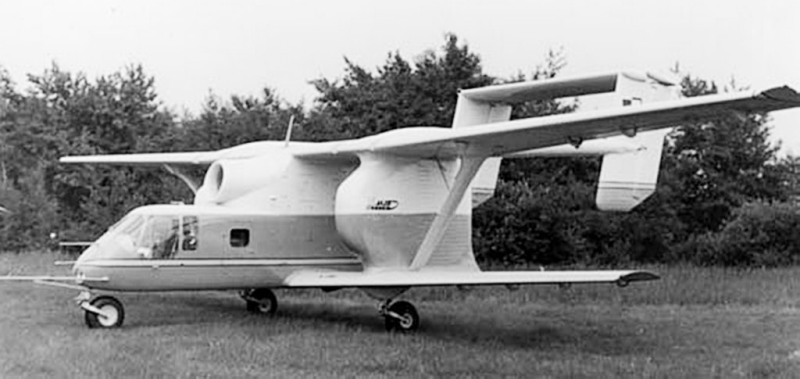
This is Hasegawa’s M3 Stuart light tank, a little long in the tooth by today’s standards. The suspension fought me on this one. For starters, all the open spokes on the wheels are molded closed. If you’re modeling a USMC Stuart this can be correct, Marine units welded plates between the spokes to prevent Japanese infantry from jamming the wheels with logs. I drilled and cut mine open. The tracks are the rubber band type, to be joined by “crushing the caterpillars with a heated driver” according to the instructions. I joined mine using the time-honored method of melting the ends off and then pinning them in place with brass rod. The return rollers are also pinned in place with larger brass rods, as the track tension kept stripping them off. Other than that, lots of detail bits added, as can be seen in the pictures. There are some shape issues, but it makes a cute little tank in the end.





Burma Road 1943–44: Stilwell’s assault on Myitkyina Osprey Campaign 289
By Jon Diamond, Illustrated by Peter Dennis
Series: Campaign Book 289
Paperback, 96 pages
Publisher: Osprey Publishing January 2016
Language: English
ISBN-10: 1472811259
ISBN-13: 978-1472811257
Dimensions: 7.2 x 0.3 x 9.9 inches
Another volume in Osprey’s well known and extremely successful Campaign Series, Burma Road 1943-44 follows the established format. The book is broken up into sections first detailing the commanders, forces, and plans, then describing the campaign itself and the aftermath. The book is well illustrated with maps and beautiful two page color paintings by artist Peter Dennis. Color maps are a vital feature, and are used to illustrate opposing troop movements and the battles progressed.
During the Second World War China received a meager proportion of American aid when compared with other Allied nations. Part of this was due to the divided political nature of the Chinese war effort, part of it was due to the entire Pacific Theater being viewed as a lesser priority. A more practical reason was the fact that the Japanese controlled all the usable ports along the coast making supply from the sea impossible. Efforts to form an air bridge were only possible over harshest terrain and were subject to aggressive Japanese fighter interception, and these efforts could only provide a small portion of the tonnage required.
This book tells the story of the campaign to open the Ledo road through Burma, vital for Western efforts to provide material aid to the Chinese fighting against the Imperial Japanese Army on the mainland. The book mainly focuses on the American efforts, although there is some detail on the British and Chinese contributions to the campaign. I was particularly interested in the Chinese-American armored unit formed on the M3 Stuart, and the use of American Nisei as signal intercept technicians.
Overall a good introduction to the subject and an interesting read.




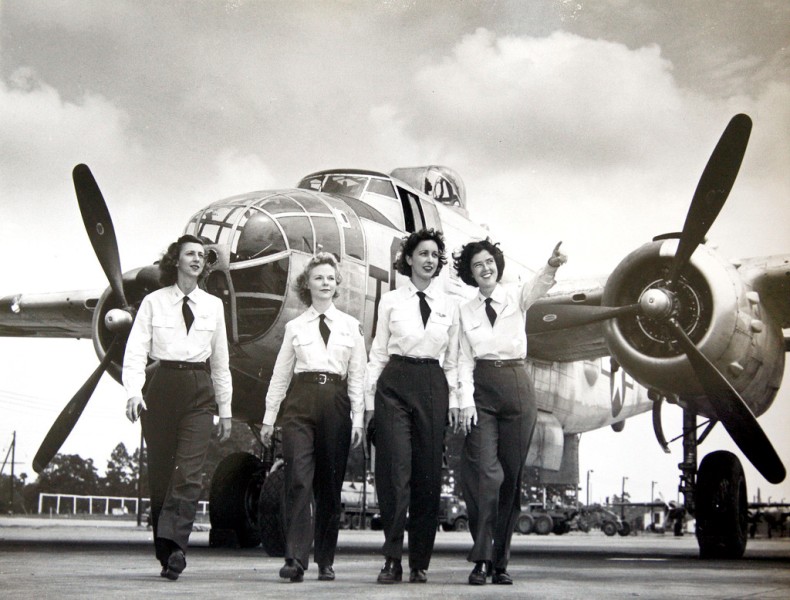



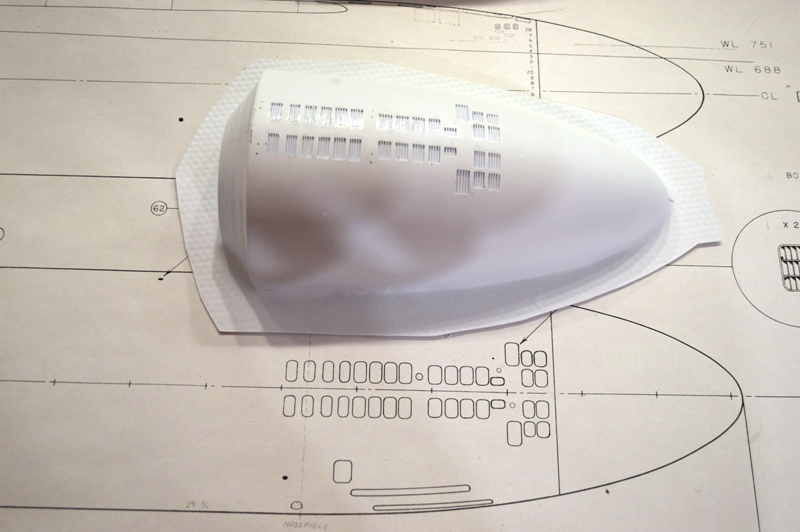

Part IV here: https://inchhighguy.wordpress.com/2019/03/29/1-72-scale-los-angeles-class-submarine-build-part-iv/
Scale models, where they come from, and people who make them
Scale diorama tips and ideas
Let's build, and build again even if you won't build everything you have bought
A futile fight against entropy or 'Every man should have a hobby'? Either way it is a blog on tabletop wargames, board games and megagames
World War II with Scale Models
Illustrating Stories, Painting Miniatures, Reviewing Realms.
This is my ad free non-profit blog of my research notes on military history since April 2018.
Moving with the tides of history
Building and improving scale models
WHENEVER ANY FORM OF GOVERNMENT BECOMES DESTRUCTIVE OF THESE ENDS (LIFE,LIBERTY,AND THE PURSUIT OF HAPPINESS) IT IS THE RIGHT OF THE PEOPLE TO ALTER OR ABOLISH IT, AND TO INSTITUTE A NEW GOVERNMENT― Thomas Jefferson
Let's build and build again
This WordPress.com site is Pacific War era information
Scale Modeling and Military History
The best in WWII aviation history
Scale Modeling and Military History
Relaxed kind of plastic scale modelling
Scale Modeling and Military History
Scale Modeling and Military History
Scale Modeling and Military History
Scale Modeling and Military History
Scale Modeling and Military History
Scale Modeling and Military History
Scale Modeling and Military History
A blog about Modeling and life in general